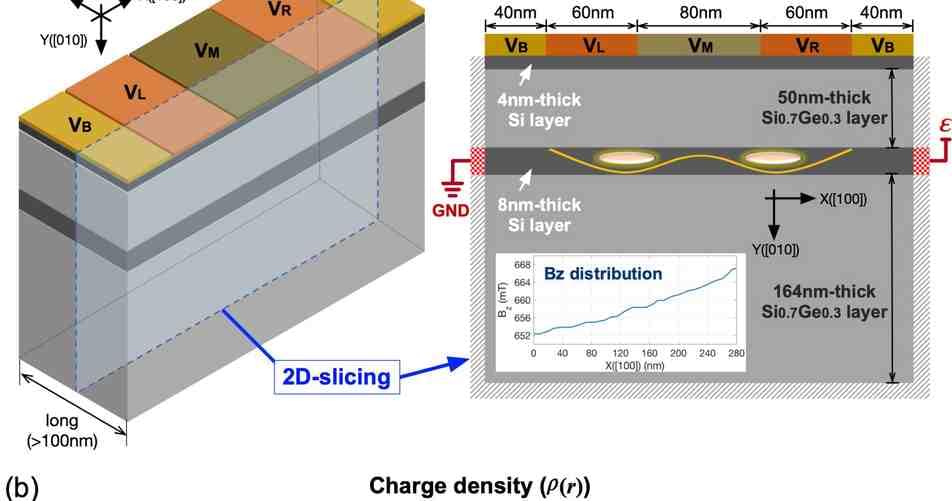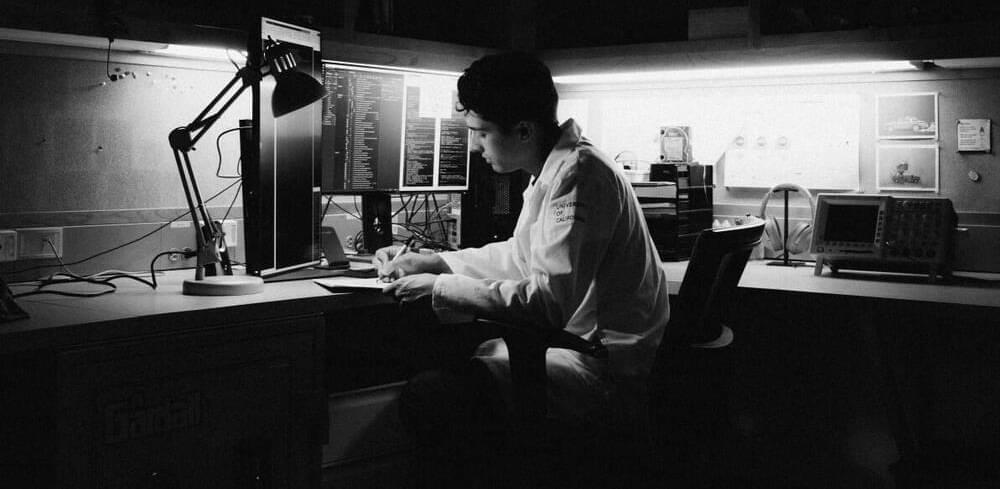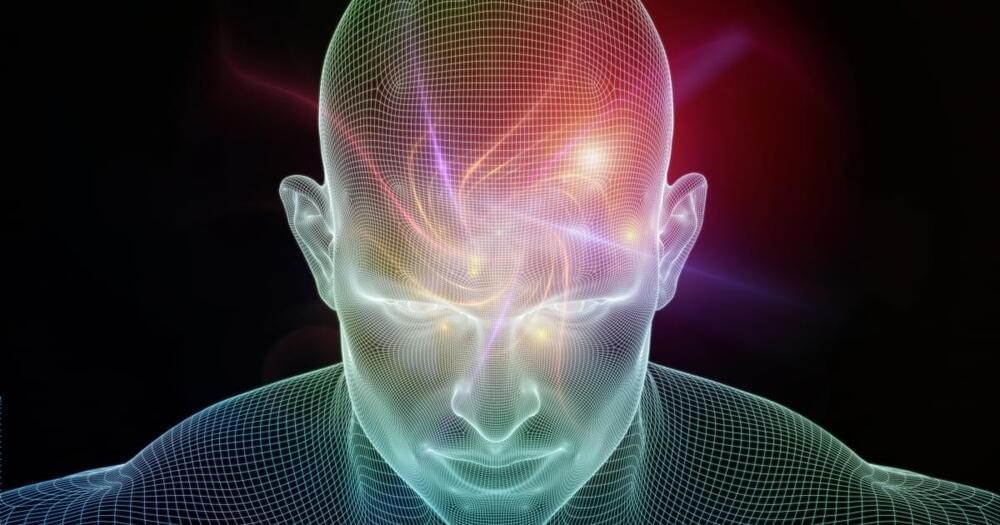Part 2 of the interview with Randal Koene that first aired on Critical Thought TV in March 2012.
Get the latest international news and world events from around the world.

Slowing of continental plate movement controlled the timing of Earth’s largest volcanic events
Scientists have shed new light on the timing and likely cause of major volcanic events that occurred millions of years ago and caused such climatic and biological upheaval that they drove some of the most devastating extinction events in Earth’s history.
Surprisingly, the new research, published today in Science Advances, suggests a slowing of continental plate movement was the critical event that enabled magma to rise to the Earth’s surface and deliver the devastating knock-on impacts.
Earth’s history has been marked by major volcanic events, called large igneous provinces (LIPs)—the largest of which have caused major increases in atmospheric carbon emissions that warmed Earth’s climate, drove unprecedented changes to ecosystems, and resulted in mass extinctions on land and in the oceans.



Researchers Discover a Gene That Makes Your Muscles Significantly Stronger
Researchers have discovered a gene that increases muscle strength when activated by exercise, opening the door to the creation of therapeutic treatments that replicate some of the benefits of working out.
The University of Melbourne-led research, which was published in Cell Metabolism, demonstrated how various forms of exercise alter the molecules in our muscles and led to the identification of the new C18ORF25 gene, which is activated by all forms of exercise and is responsible for enhancing muscle strength. Animals lacking C18ORF25 have weaker muscles and worse exercise performance.
Dr. Benjamin Parker, project leader, said that by activating the C18ORF25 gene, the research team could observe muscles grow significantly stronger without necessarily becoming larger.

Dr. Brad Stanfield, MD — Extend Healthspan — Healthspan-Centric Medicine For A Real World Setting
Healthspan-Centric Medicine For A “Real World” Setting — Dr. Brad Stanfield, MD, Extend Healthspan
Dr. Brad Stanfield, MD (https://drstanfield.com/) is a general medical practitioner from Aukland, New Zealand, as well as the host of the rapidly growing Extend Healthspan channel (https://www.youtube.com/channel/UCpcvPcHJVOkO9Qp79BOagTg) on YouTube.
Dr. Stanfield graduated in 2015 from the University of Auckland, New Zealand with his MD, worked in hospital medicine for several years, including a role as an orthopedic registrar, before moving into general community practice focusing on healthspan-centric medicine.

India sees spike in ransomware, banking malware in H1 2022
Researchers have found a spike in ransomware, banking trojans and other cyber-attacks across the globe including in India and as per recent data from Japanese cybersecurity firm, Trend Micro. The data showed that India ranks third in terms of Emotet attacks, a kind of malware originally designed as a banking Trojan and is aimed at stealing financial data.
Data from Trend Micro shows that Emotet has continued to thrive in 2022. The first half of 2022 saw a whopping 976.7% increase in Emotet detections at 148,700, compared to the first half of 2021 which was pegged at 13811.
Japan leads with 107,669, followed by the US (4,937) in the second spot and India occupying the third place (3,729) number of detection. Italy (3,442) and Brazil (3,006) are the other countries with the highest number of Emotet detections in the first half of 2022. These attacks have globally increased by over 10 times in the first half of 2022 compared to the first half of the previous year, likely because of prolific threat actors using it as part of their operations, the research said.
Future Computers Will Be Entirely Different
In this video I discuss 5 Types of Compute which can replace our traditional Computers in the Future.
Watch Next:
➞ Analog Compute: https://youtu.be/f4A85foHPZY
➞ Biological Compute: https://youtu.be/FuzoLdrRX5Q
➞ Compute with Light: https://youtu.be/mt8I71VUazw.
➞ Quantum Computers: https://youtu.be/j9eYQ_ggqJk.
➞ RF compute paper: https://www.researchgate.net/publication/345970494_Radio-Fre…c_Synapses.
➞ Support me on Patreon: https://www.patreon.com/AnastasiInTech.
➞ Subscribe to my Newsletter: https://anastasiintech.substack.com
Water transformed into shiny, golden metal
Circa 2021 face_with_colon_three
Metallic non-metals
In theory, most materials are capable of becoming metallic if put under enough pressure. Atoms or molecules can be squeezed together so tightly that they begin to share their outer electrons, which can then travel and conduct electricity as they do in a chunk of copper or iron. Geophysicists think that the centres of massive planets such as Neptune or Uranus host water in such a metallic state, and that high-pressure metallic hydrogen can even become a superconductor, able to conduct electricity without any resistance.
Turning water into a metal in this way would require an expected 15 million atmospheres of pressure, which is out of reach for current lab techniques, says Jungwirth. But he suspected that water could become conductive in an alternative way: by borrowing electrons from alkali metals. These reactive elements in group 1 of the periodic table, which includes sodium and potassium, tend to donate their outermost electron. Last year, Jungwirth and his colleague Phil Mason — a chemist who is also known for making science videos on YouTube — led a team that demonstrated a similar effect in ammonia2. The fact that ammonia can turn shiny in such conditions was known to the British chemist Humphry Davy in the early nineteenth century, Edwards points out.